As I waited for brain surgery, I instinctively pressed record on my phone camera, thinking I might be documenting the final months of my life.
I have made a career telling other people’s stories but this seemed like a time to tell my own.
It began with a bicycle crash in June 2023 when I broke 10 ribs – but that led to me discovering a much bigger health challenge.
In bed one night, I had a seizure which revealed a cancerous brain tumour.
The most likely scenario seemed to be that I had an aggressive glioblastoma, a tumour which typically ends your life within 12 to 18 months.
In my hospital bed, I turned the camera on myself, not as a self-indulgence, but to spotlight a nasty cancer that’s hard to treat and even harder to beat.
I suppose this was my way of extracting some purpose from a personal tragedy.
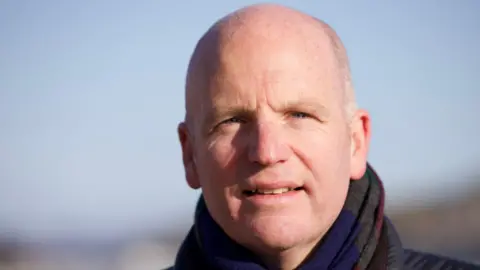
The result is My Brain Tumour And Me – a TV and iPlayer film that is far more optimistic than you might think.
After 15 months I’m still going strong because it turns out I have a rare form of the disease, an oligodendroglioma, that tends to respond better to treatment.
The brilliant brain surgeon Paul Brennan saved my life by chopping out most of my tumour and, with radiotherapy and chemotherapy, it seems to be keeping my cancer in check for now.
There are quarterly scans to see if it’s growing again.
There have been a couple of false alarms but the most recent check suggests my tumour is stable. I have no idea how long that will last.
I try not to worry too much between scans because what my brain tumour is up to is not within my control.
What I have been learning to deal with are the difficult legacies of my cancer treatment – persistent fatigue and the risk of further seizures.
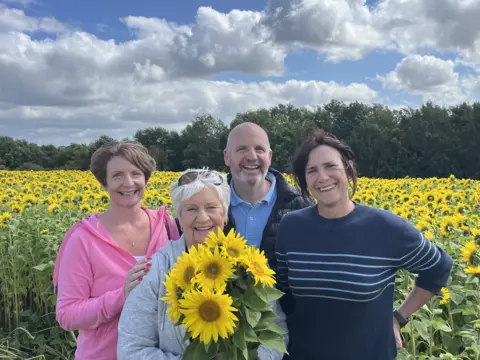
A daily nap and careful budgeting of my time and effort help with the fatigue.
Adjustments to anti-seizure medication have minimised the frequency and severity of any fits.
It has taken time, trial and error to get that right.
In December last year I had a very big seizure which put me in intensive care.
A medically-induced coma was the only way doctors could make it stop.
When I came round I felt extremely lucky to be alive – but the euphoria I had experienced after brain surgery was absent.
This time, I felt as if I had only narrowly escaped death.
It had all been a bit too close for comfort. I was very emotional.
This was, and remains, the lowest point in my experience of living with brain cancer.
But I bounced back and further tweaks to my epilepsy drugs gave me enough confidence to return to the hills I love so much.
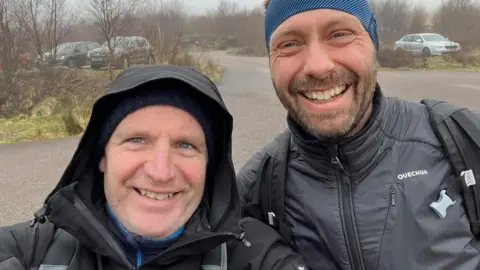
Rarely do I feel more alive than when I’m on top of one of Scotland’s magnificent mountains.
By March this year, I felt well enough to climb one without any sense of foreboding.
The specialists are clear – they don’t want to stop me doing things. They want to enable me to live as normally as possible.
In preparation for my climb up Meall nan Tarmachan, on the banks of Loch Tay, I had successfully scaled another mountain the weekend before with no problems.
So when my friend Nikolaj and I strode out from the Ben Lawers car park to climb the Perthshire peak we had no concerns.
Within 10 minutes – before we’d really begun our ascent – I suddenly had to lie down.
It wasn’t long before my left hand and arm were twitching and shaking uncontrollably. I was having another seizure.
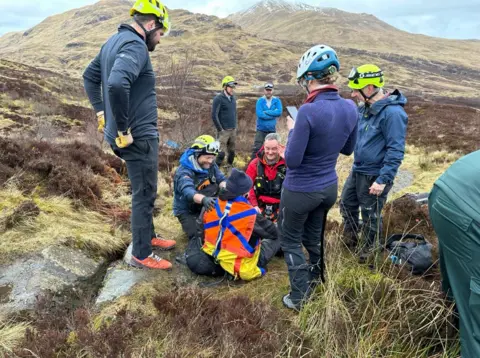
It is very frustrating to feel perfectly well and then to be immobilised by epilepsy. Fits are also physically exhausting.
If I had thought there was much chance of this happening that day, I would have stayed at home.
This is one of only four big seizures I have ever had. The others happened in bed, at work and in a hospital car park.
Nikolaj and other walkers made me comfortable on the hill and I was given the medication I carry with me.
There was an impressive response from the emergency services and I imagined recovering on the hillside then walking slowly back to the car park.
But that was not to be.
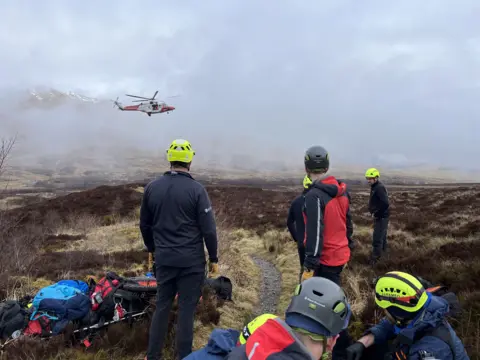
At times, the professionals attending to me on the mountainside were not sure if things were getting better or worse so they decided to have me winched aboard a Coastguard helicopter and taken to hospital.
I would like to thank everyone who was there for me that day. I am extremely grateful.
The seizure had stopped by the time I got to A&E in Glasgow. I was soon calling friends and family to work out the best way home to East Lothian.
While on the hill, I had persuaded my walking companion to film some of the drama on his phone.
At first, he was uncomfortable with this request but when I explained that I wanted to show what having a seizure was like, he agreed.
His camerawork is some of the footage which features in My Brain Tumour and Me – my attempt to give an insight into living with an incurable cancer that is not well understood.
My wife Claire and my mum Jennifer also described the impact that such a devastating diagnosis can have on your family.
I am very lucky. I am defying the typical odds.
Six in 10 people with brain cancer do not live for more than a year beyond their diagnosis.
I may be around for some years yet.
If I have a wobble, I know I can count on the love and support of my family and friends.
I’ve found that more overwhelming and humbling than being confronted with my own mortality.
I also have a wonderful network of fellow brain tumour patients, including my friend Theo Burrell, to help me through.
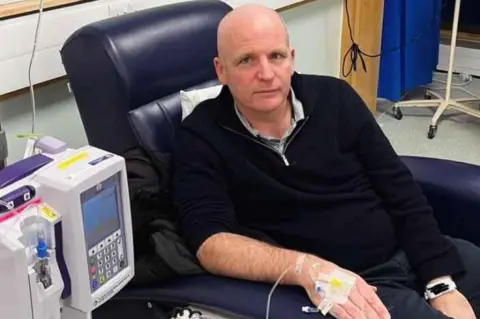
That’s important because sometimes only someone with a similar condition can really understand.
The medical care I have had from NHS doctors and nurses in Edinburgh has been exceptional.
My recovery is allowing me to make a gradual return to work covering politics for BBC Scotland.
That helps me stay positive, as does the personal effort I put into Brain Power – a fundraising community I set up to help establish a new Brain Tumour Research centre in Scotland.
No-one can tell me how I got my tumour and no-one can fix it.
I think well resourced science can do a lot better. If not for me, for those who come after.
In my case, there has been no need for medical help with seizures since the airlift in March.
After four months off the mountains, my walking boots are back on.
My personal challenge is to climb all 282 Munros – Scottish mountains above 3,000ft – by the end of 2028.
Despite all my health problems since last summer, I have completed my first nine, including Meall nan Tarmachan second time around. That is a start.
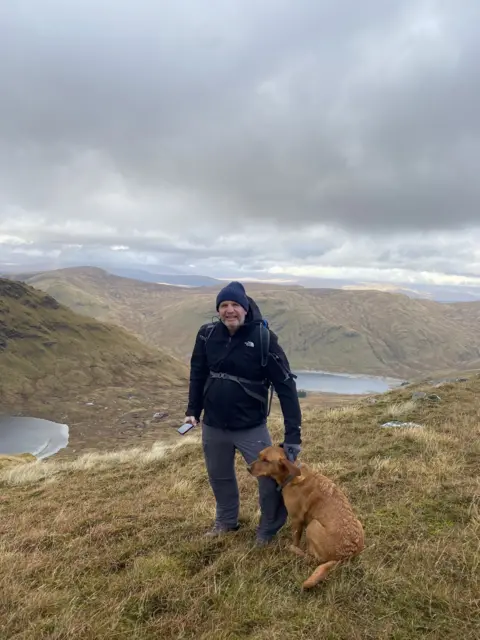
There’s been a lot of dog walking and a little bit of running and cycling too.
In June, around the anniversary of my bike crash, I returned to the route I was on when I took a tumble.
I called at the café I had been heading for that day and enjoyed the breakfast I had been denied the year before.
Never before has French toast with bacon and maple syrup tasted so good.
I am now starting to think about how to celebrate my 50th birthday in 2026 – 15 months from now.
It’s not so long since I thought I would not be around to mark that milestone.
Now, the half century seems within reach.

My Brain Tumour And Me – Glenn Campbell faces down his mortality and considers what matters most in life.
You can watch the programme on BBC One Scotland at 19:00 on Wednesday 20 November or on the iPlayer.









